Design thinking: Think big to generate value for your business
 Design thinking is an iterative process that utilizes a set of design techniques to generate, develop, and test new ideas in order to create products and services that are technologically possible and financially viable.
Design thinking is an iterative process that utilizes a set of design techniques to generate, develop, and test new ideas in order to create products and services that are technologically possible and financially viable.
It is based on the generation of empathy, by understanding the problems, needs and desires of users, as well as teamwork, since it values the contribution of various collaborators who participate in the process. It also promotes the playful side, that is, enjoying the process itself and fostering the ease required for the process to be effective.
Why should you apply design thinking in your business?
More and more Business to Business (B2B) companies recognize the value of design thinking, and we are frequently asked by current and prospective clients how to incorporate this technique into their internal processes in order to better understand their clients’ needs and enhance sales.
According to some research, team members that utilize design thinking outperform those that use other innovative approaches, particularly in terms of relevance and viability, since it places the human being in the eye of the hurricane, which is critical for any business.
There are several techniques for design thinking. One of them, perhaps the most used, is SCAMPER, an acronym for Substitute, Combine, Adapt, Modify, Propose other uses, Eliminate and Reorganize. The Customer Journey also stands out, although it is not a creative technique, it appeals to the journey made by the consumer in the purchase cycle, which allows information about their habits to be obtained. . Lastly, there is the Mind Map, a visual technique that manages to stimulate neuronal connections, giving rise to innovative and surprising ideas.
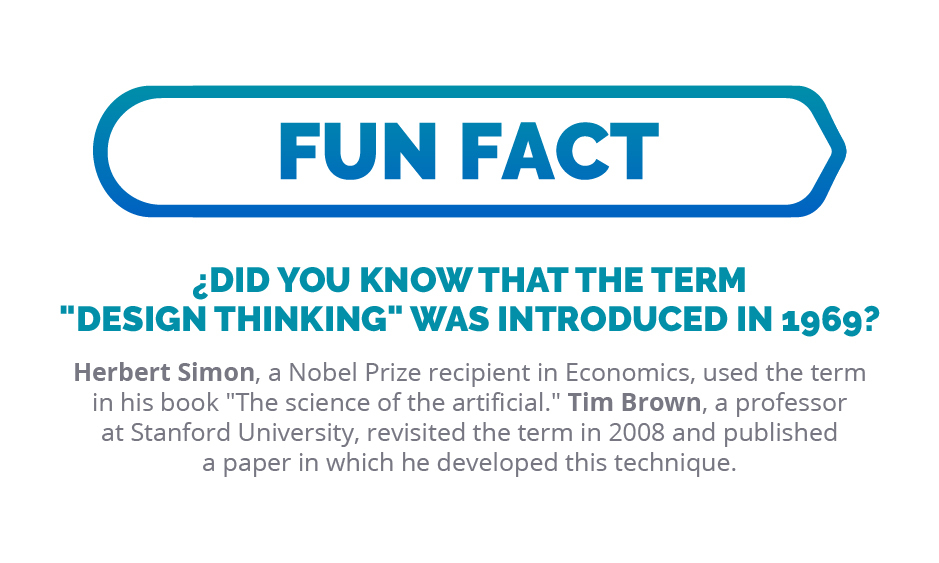
5 stages of design thinking:
1. Empathize: It is about understanding the problem that the client needs to solve. This phase usually begins with a user or consumer research.
2. Define: It consists of identifying and defining the needs and challenges that we face.
3. Generate ideas: Thinking outside the box is crucial at this stage, in order to seek alternative ways of looking at the problem and identify innovative solutions.
4. Make prototypes: We begin by determining the best solution for each challenge. We must build or design very primitive versions of the final solution.
5. Perform tests: The evaluators thoroughly test and review the proposed sketches or solutions. It will revert to previous stages if necessary to make modifications and improvements.
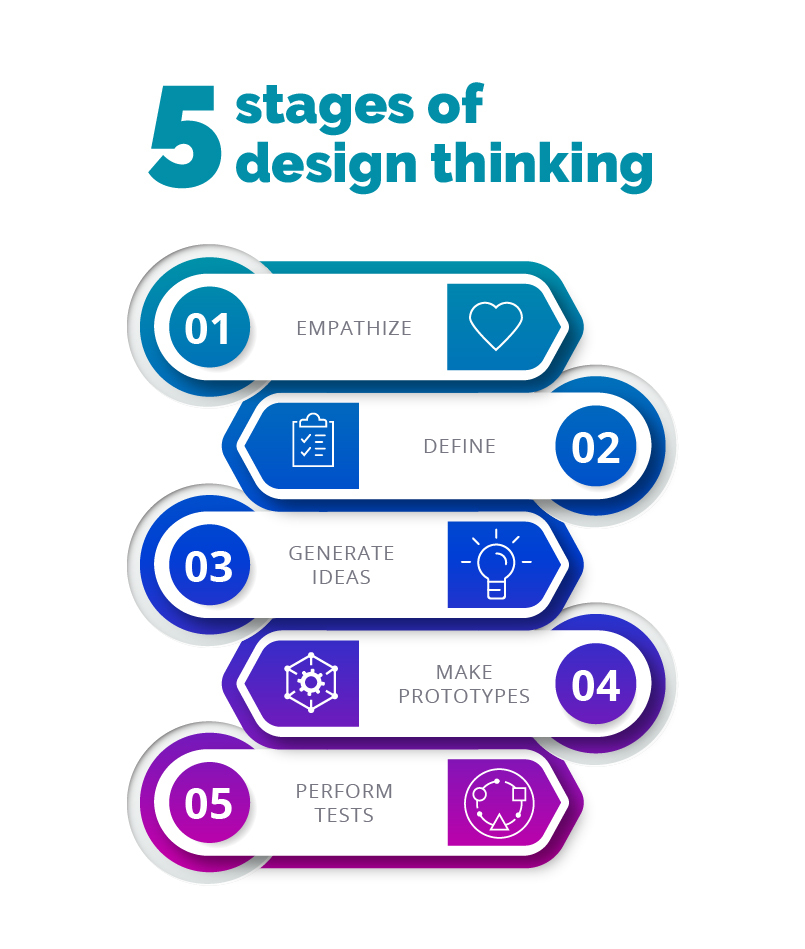
In what other processes does it help to implement design thinking?
1. It allows for the improvement and growth of other stages of the sales strategy. Because it encourages innovation and creativity and results in more relevant value propositions for customers.
2. The current digital dynamic encourages feedback and insight discovery. It is now feasible to communicate directly with customers through technical means, such as forms, email marketing campaigns, and social media.
3. Encourage teamwork. Involving individuals from all positions in the development of solutions boosts motivation.
4. Optimize costs. It allows low-cost implementations before making decisions and making larger investments.
As you can see from this blog, the design thinking process may assist you in developing successful solutions for your projects. And, as a communication and digital marketing agency, Isource Marketing is here to support you. Do not hesitate to contact us by clicking here: https://isource.agency/#contact



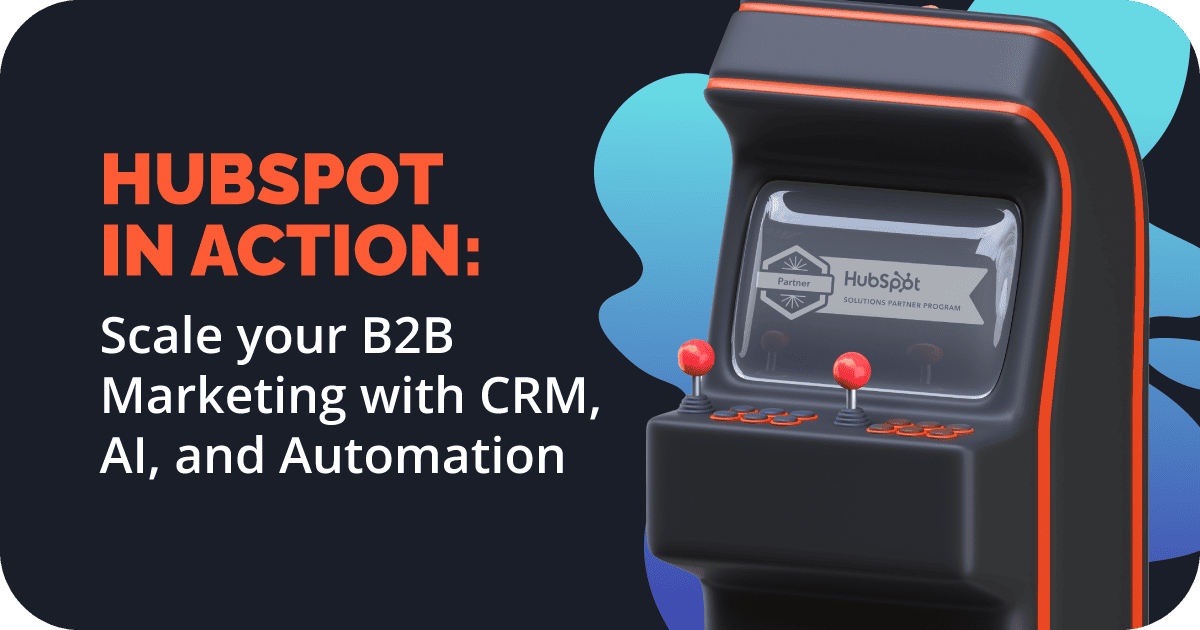
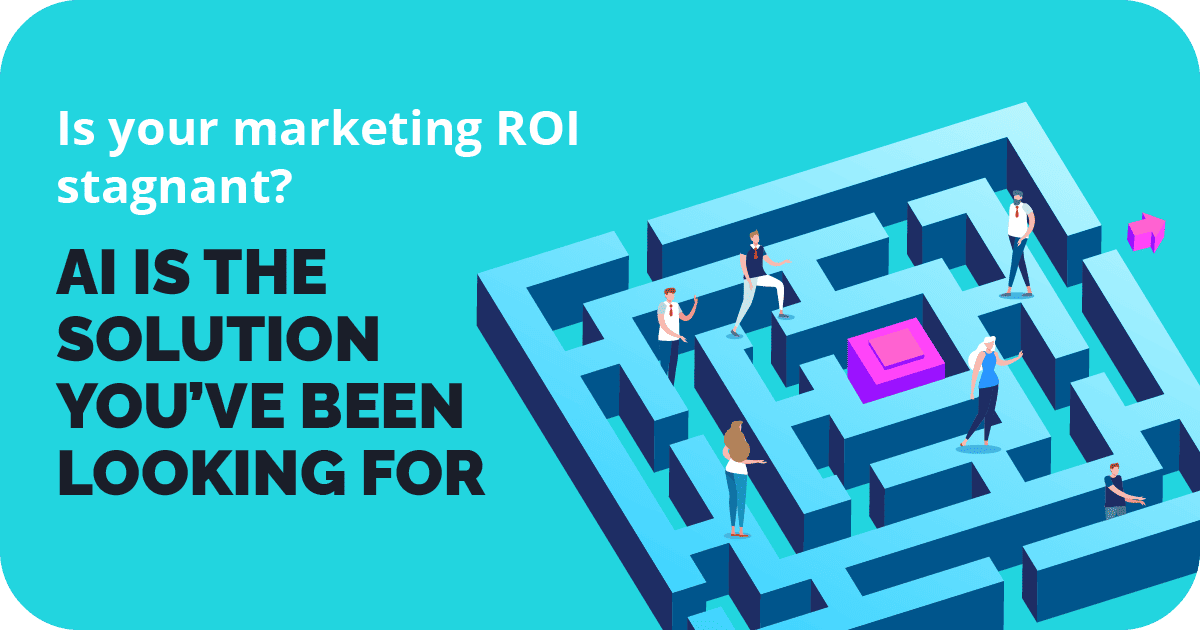
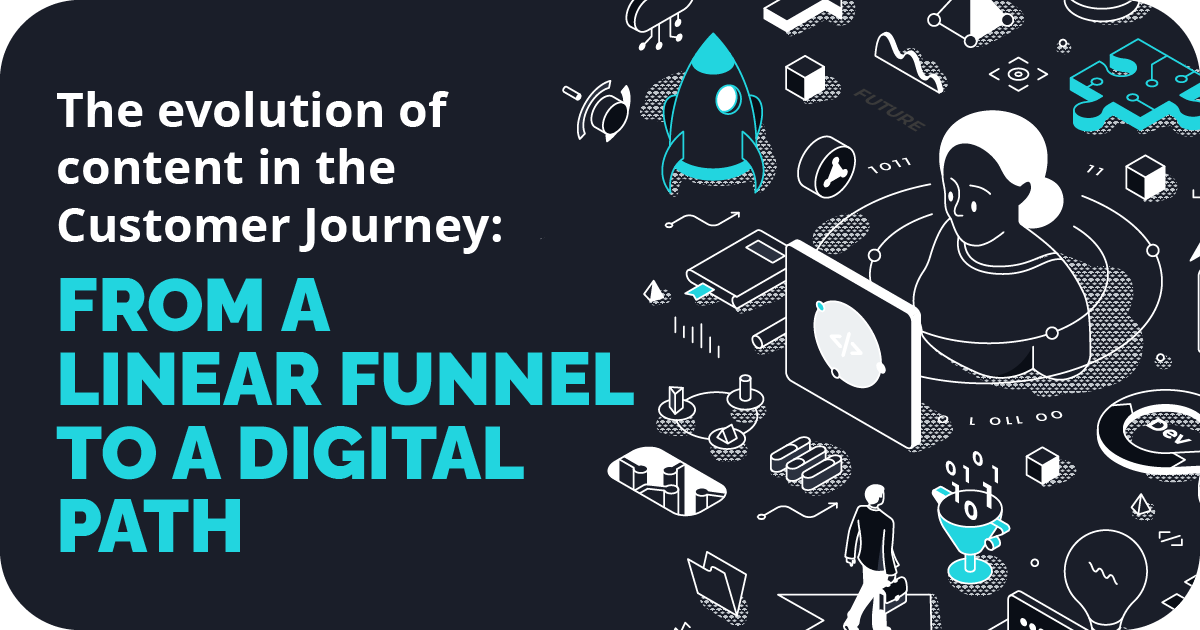
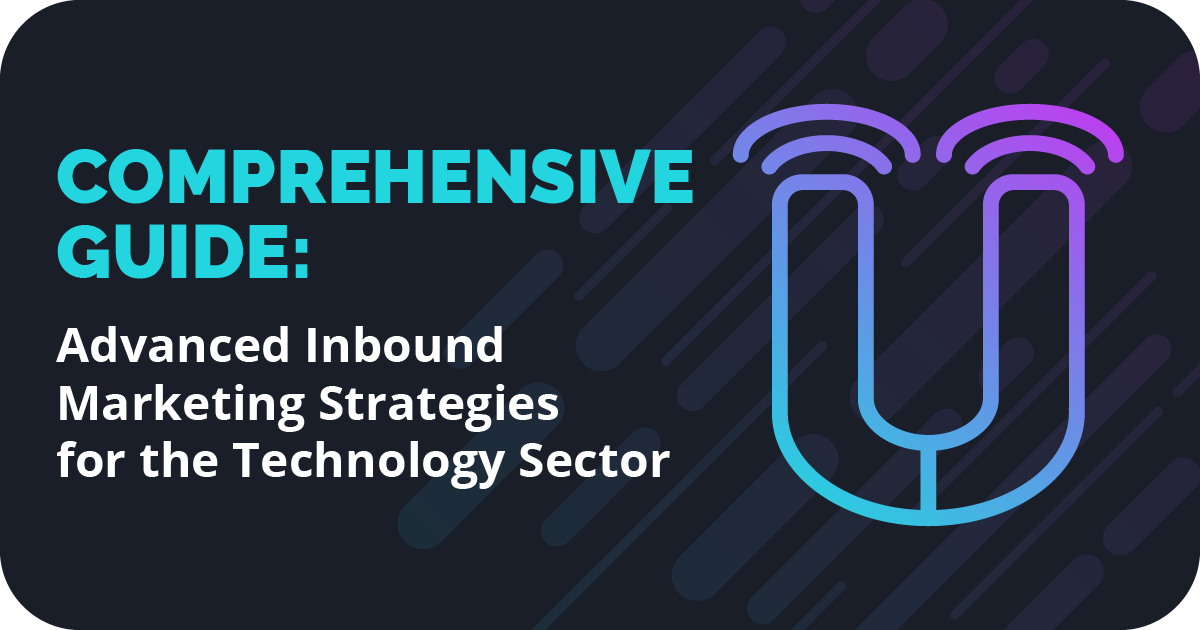
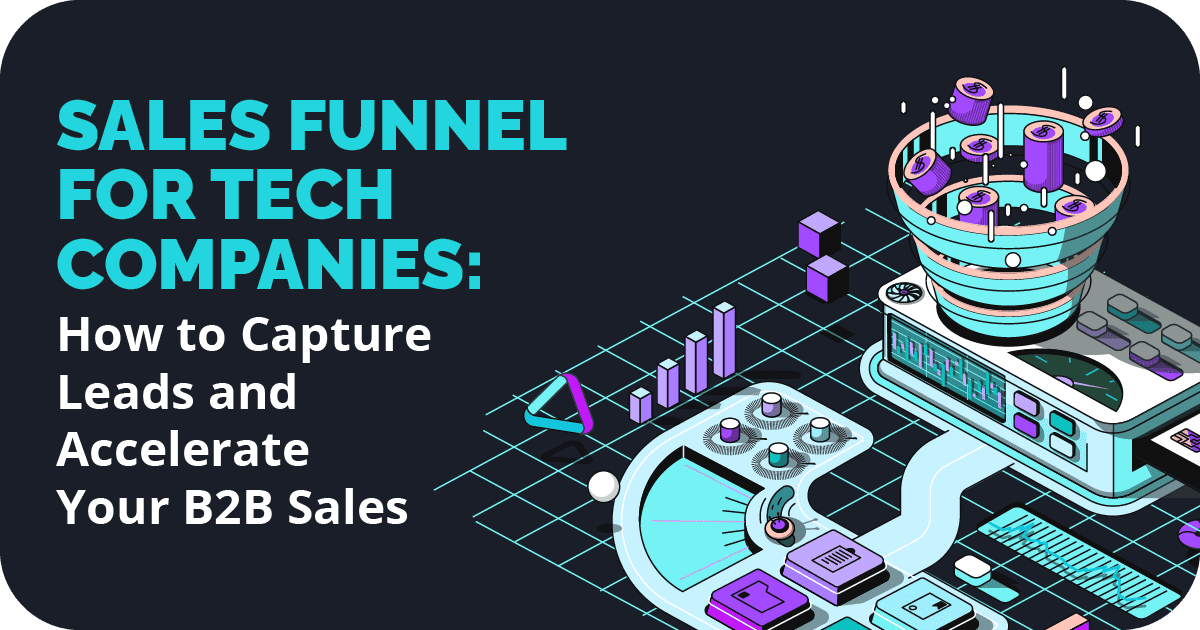
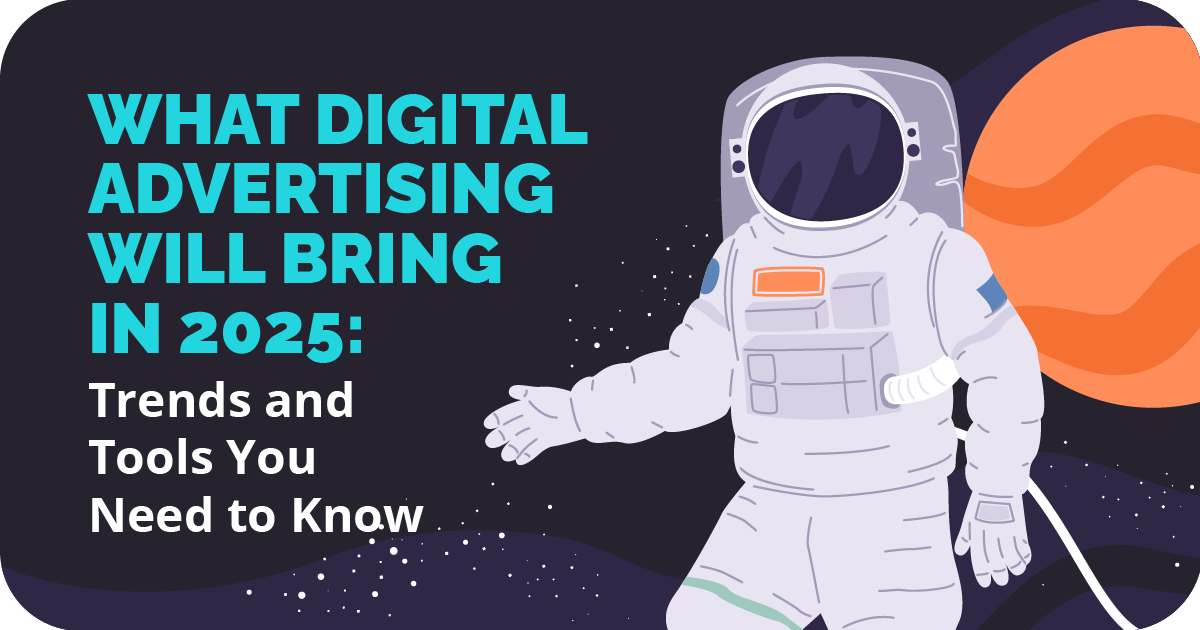
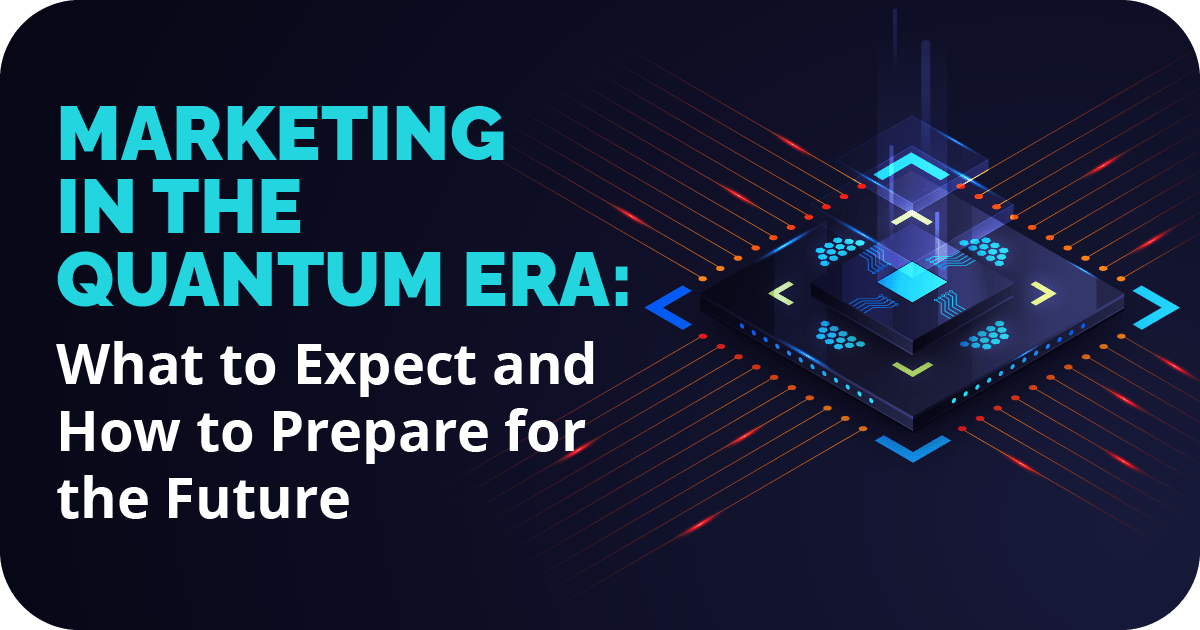
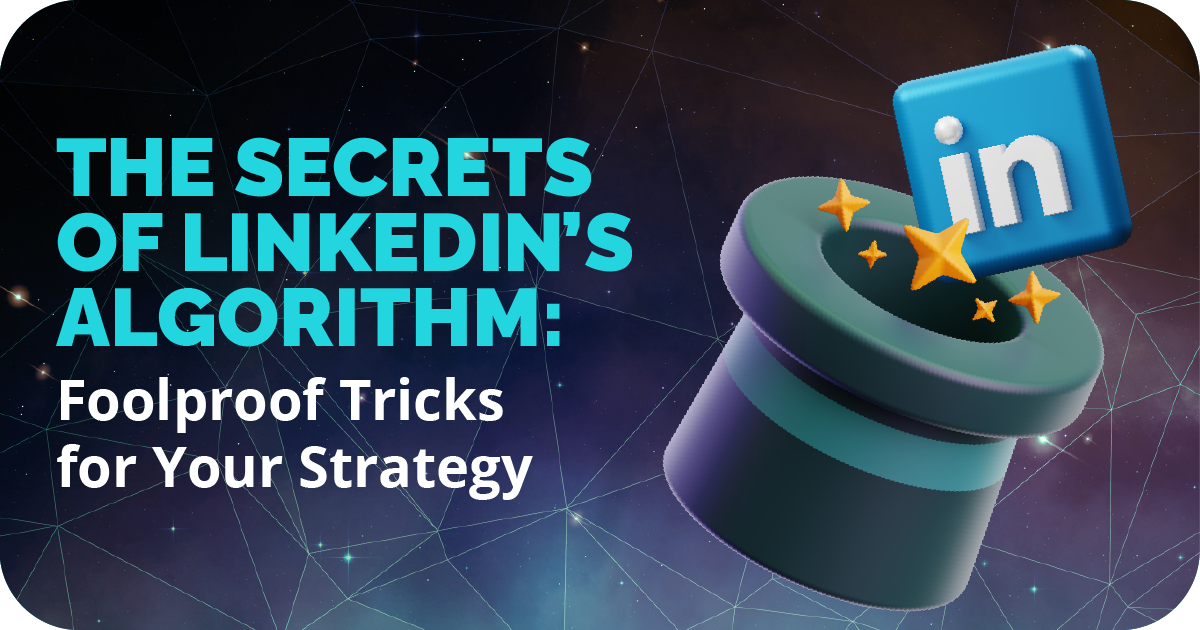

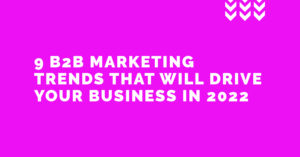 2020 and 2021 were challenging years for society and the global economy, but there is no denying the opportunities created by the digital revolution’s acceleration, particularly for enterprises in the Business to Business (B2B) sector and their sales and marketing areas. According to a
2020 and 2021 were challenging years for society and the global economy, but there is no denying the opportunities created by the digital revolution’s acceleration, particularly for enterprises in the Business to Business (B2B) sector and their sales and marketing areas. According to a 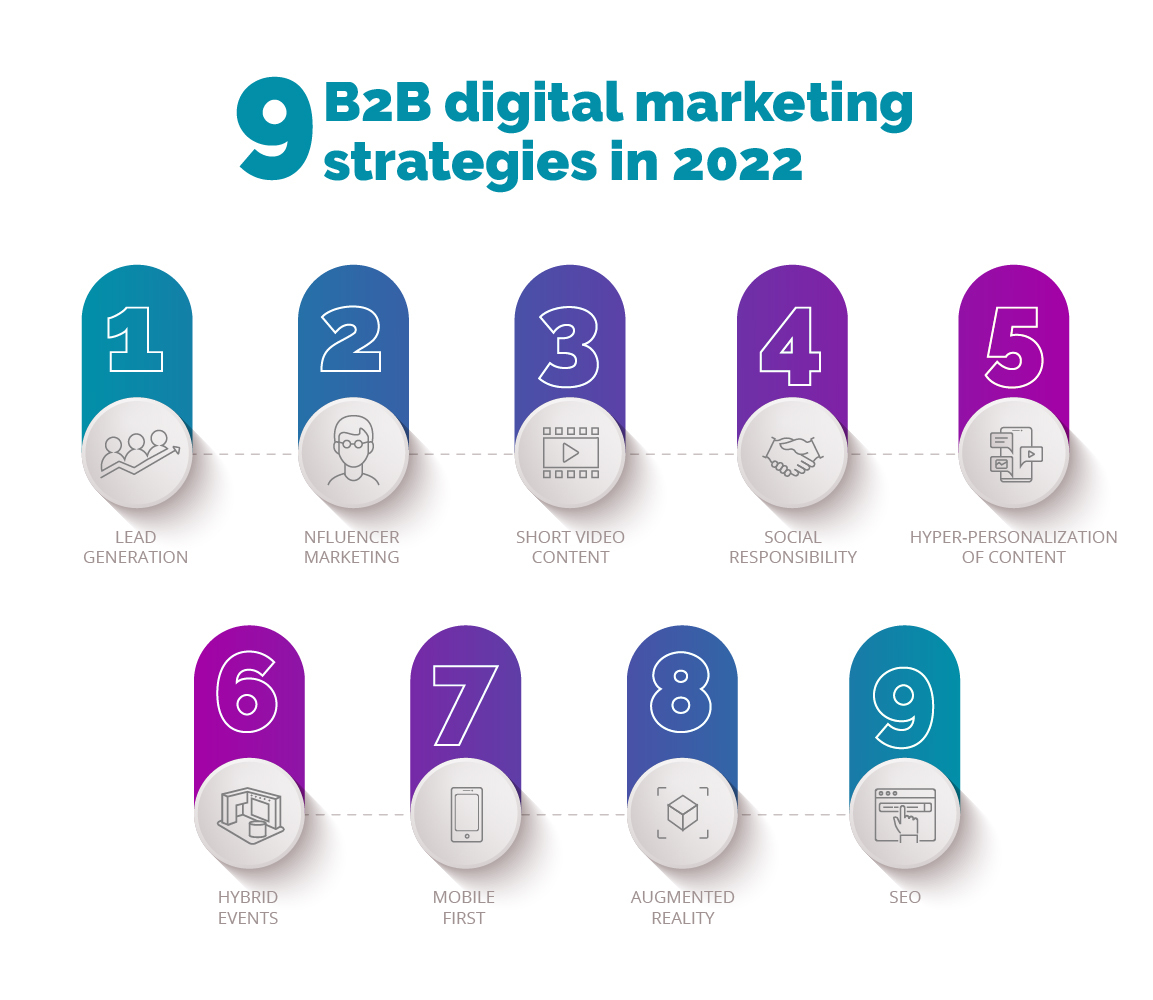 We hope you found our review of Digital Marketing Trends for 2022 beneficial; at the end of the day, it is part of our expertise in being the strategic B2B partner you need in this challenging year. At Isource Marketing we specialize in developing customized marketing strategies according to the needs of your business and adapted to the market. You can contact us by clicking
We hope you found our review of Digital Marketing Trends for 2022 beneficial; at the end of the day, it is part of our expertise in being the strategic B2B partner you need in this challenging year. At Isource Marketing we specialize in developing customized marketing strategies according to the needs of your business and adapted to the market. You can contact us by clicking 
 The millennial generation (born between 1981 and 1996) is the first to come of age in the new century and is expected to be a key economic force in the decades ahead. According to
The millennial generation (born between 1981 and 1996) is the first to come of age in the new century and is expected to be a key economic force in the decades ahead. According to 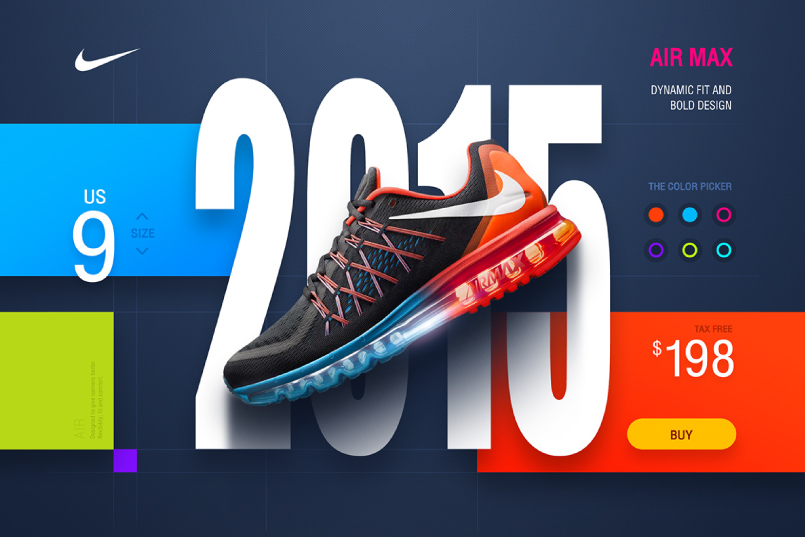


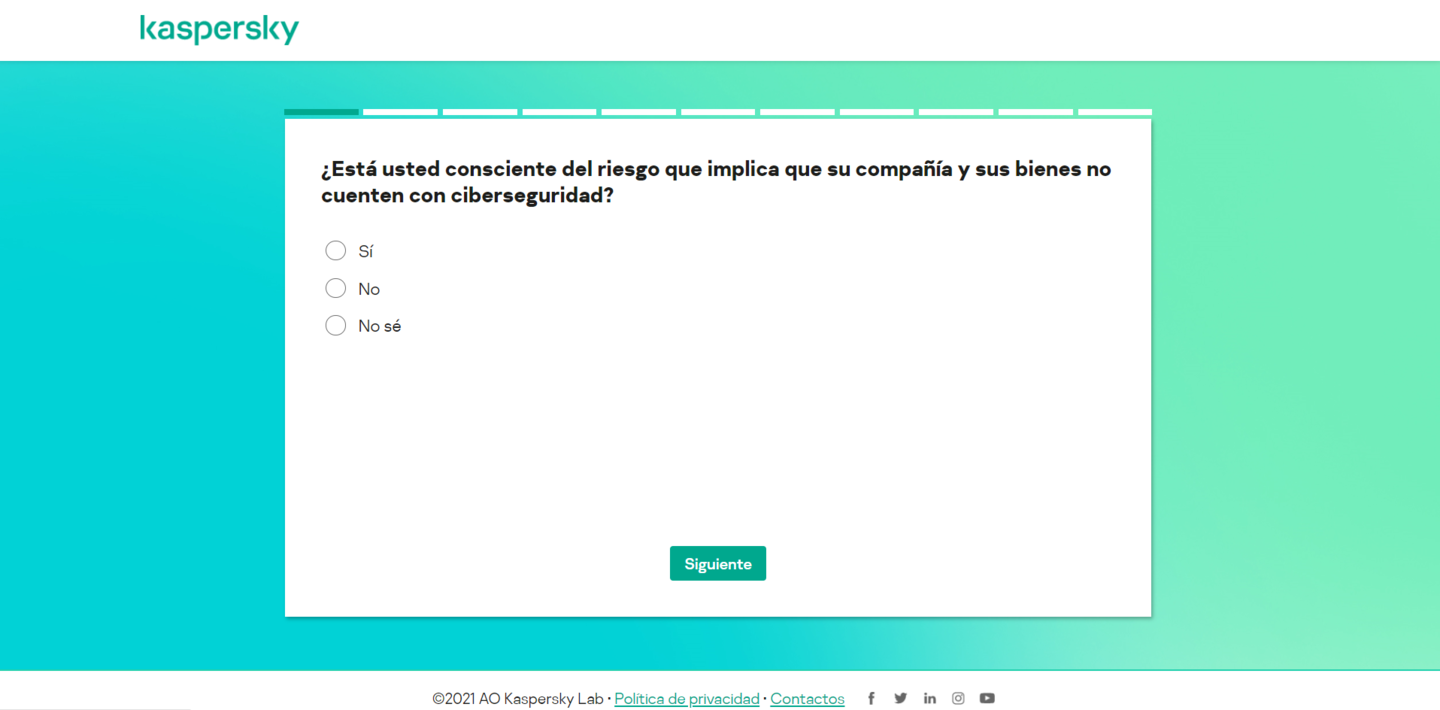

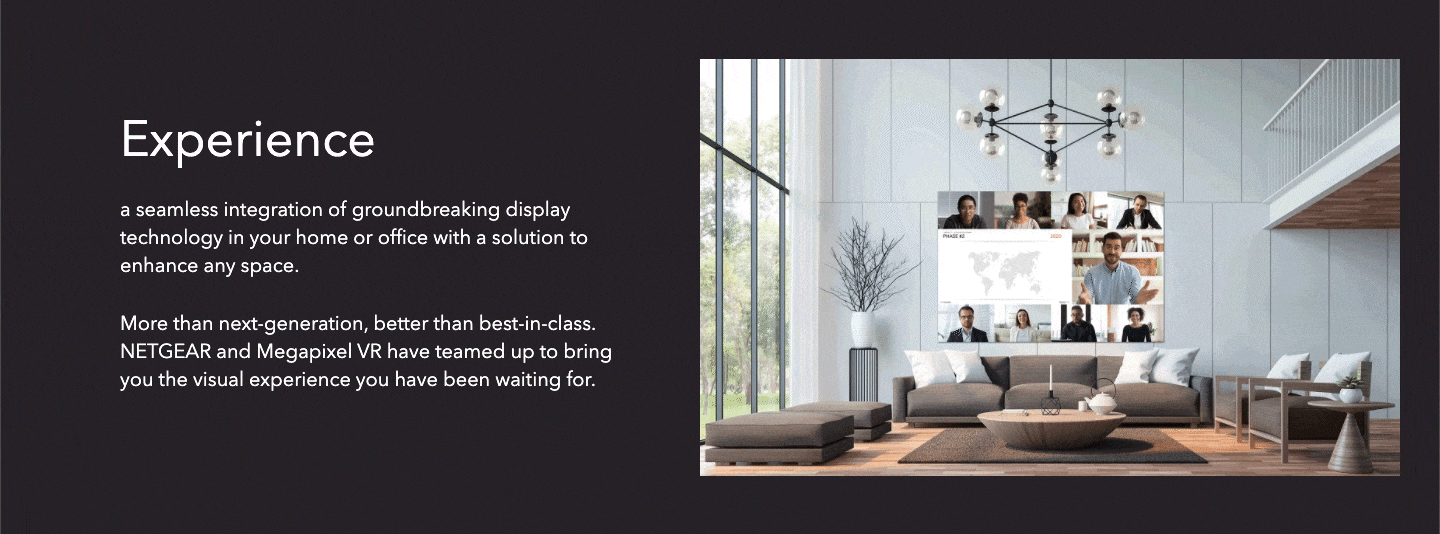


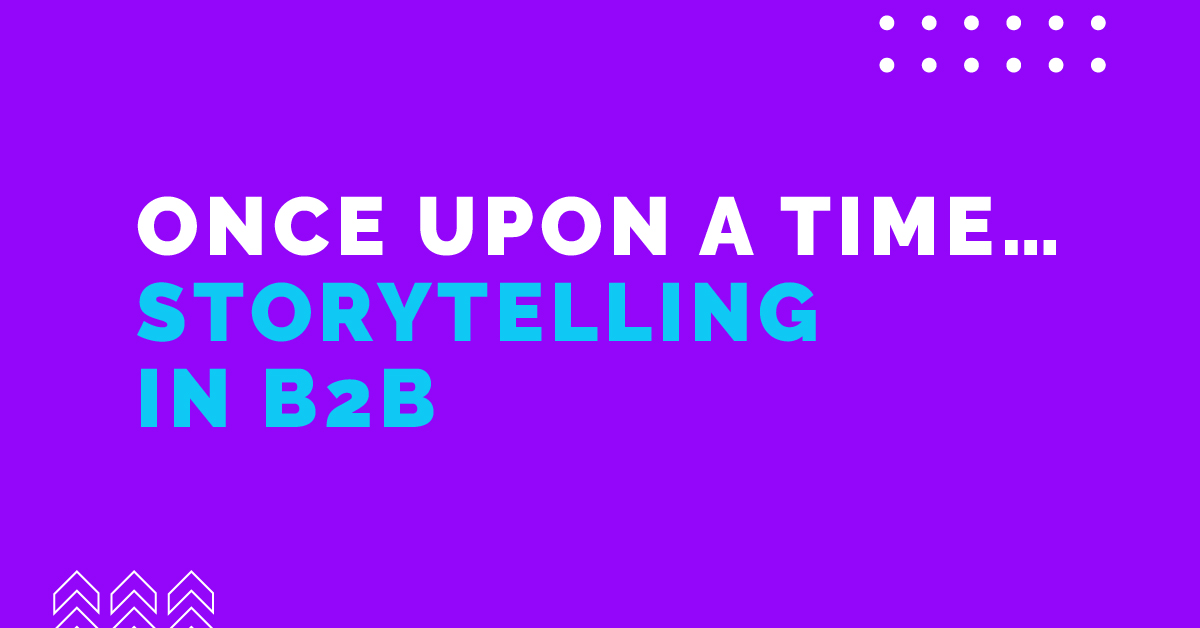
 Who doesn’t like stories? We live in a world surrounded by them; in fact, our life is a story in itself. Companies have recognized the potential storytelling can have and are utilizing it to captivate their consumers and potential customers. What exactly is it, and why does it hold so much opportunity in the Business-to-Business (B2B) world? The solutions to these questions may be found throughout this blog.
Who doesn’t like stories? We live in a world surrounded by them; in fact, our life is a story in itself. Companies have recognized the potential storytelling can have and are utilizing it to captivate their consumers and potential customers. What exactly is it, and why does it hold so much opportunity in the Business-to-Business (B2B) world? The solutions to these questions may be found throughout this blog.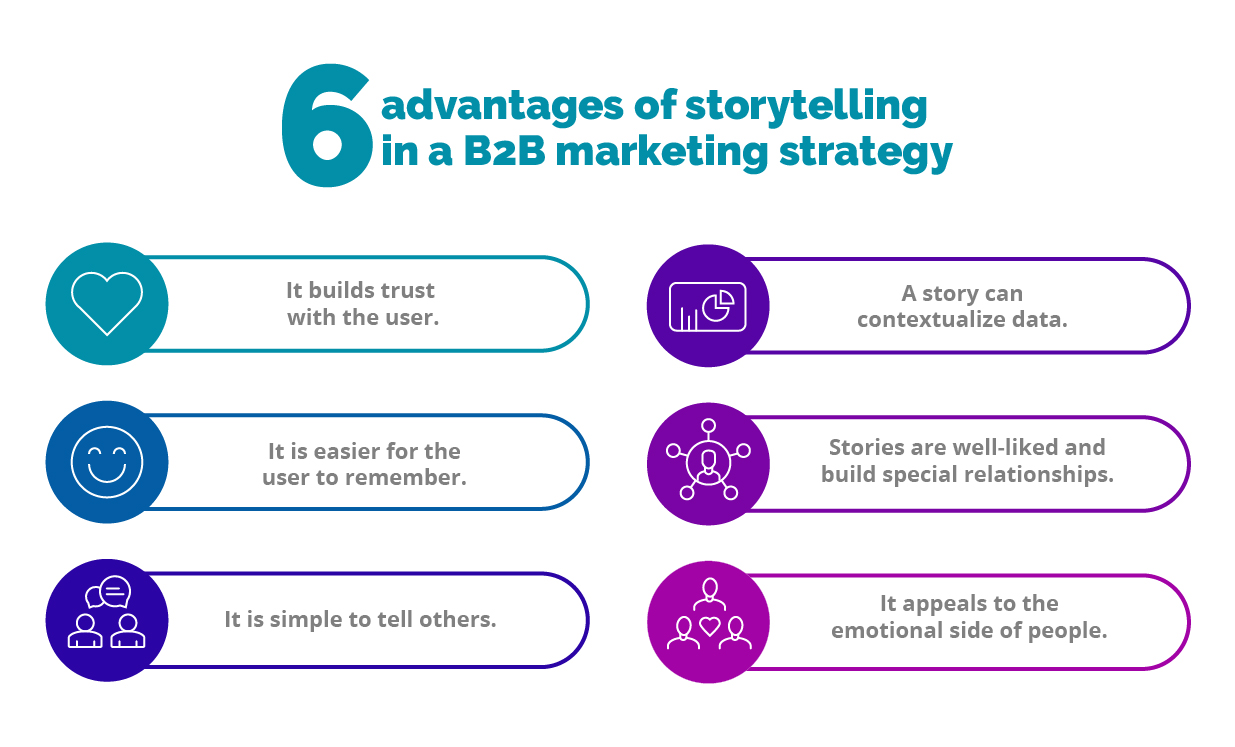 Harness the power of gamification
Harness the power of gamification
 The arrival of COVID-19 accelerated digital transformation all while bringing a new way for businesses and the media to conduct public relations (PR), in which it has become critical to have more accurate information, faster responses to unforeseen situations, and a more strategic, comprehensive, and intelligent media monitoring.
The arrival of COVID-19 accelerated digital transformation all while bringing a new way for businesses and the media to conduct public relations (PR), in which it has become critical to have more accurate information, faster responses to unforeseen situations, and a more strategic, comprehensive, and intelligent media monitoring. 

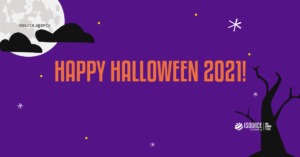
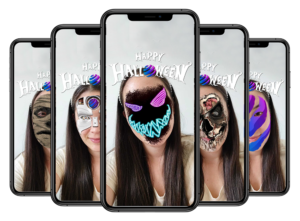


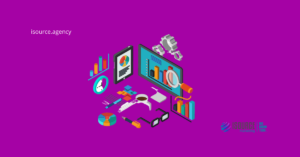 Startups are a leading business model that drives innovation and economic growth worldwide. Each year, new types of products and services are created by startups. They serve as a great example of entrepreneurial creativity and ambition, as well as the emergence of ground-breaking concepts. Unfortunately, marketing is not one of their strong suits. And it’s understandable: most of them got their start not by writing case studies and sending emails but by building cutting-edge technology. Not to mention that traditionally, digital marketing was only available to large corporations in the B2B (business-to-business) and B2C (business-to-consumer) sectors.
Startups are a leading business model that drives innovation and economic growth worldwide. Each year, new types of products and services are created by startups. They serve as a great example of entrepreneurial creativity and ambition, as well as the emergence of ground-breaking concepts. Unfortunately, marketing is not one of their strong suits. And it’s understandable: most of them got their start not by writing case studies and sending emails but by building cutting-edge technology. Not to mention that traditionally, digital marketing was only available to large corporations in the B2B (business-to-business) and B2C (business-to-consumer) sectors. 
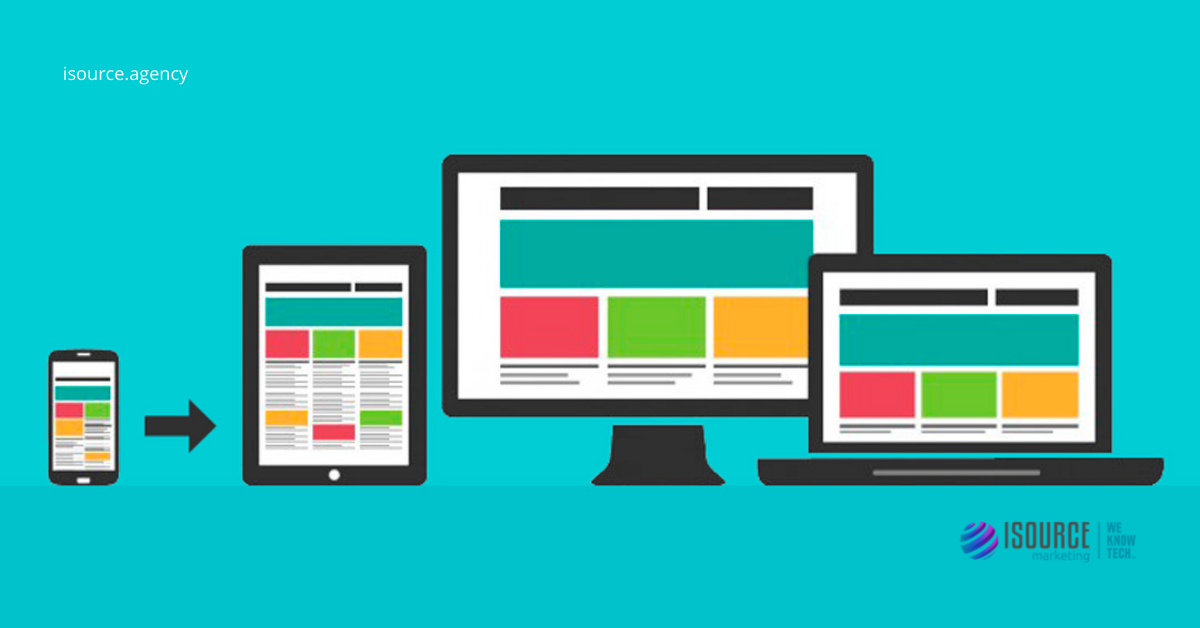
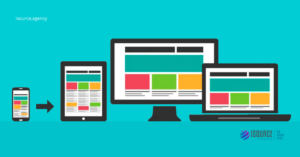 In 2015, Google made an important announcement: that for the first time, it had received more searches from mobile devices than from desktops. Since then, the digital world has focused on the development of new concepts and strategies for mobile web design. Therefore, the mobile-first trend has revolutionized the creation of pages by prioritizing the mobile version website design and later adapting it to the desktop version.
In 2015, Google made an important announcement: that for the first time, it had received more searches from mobile devices than from desktops. Since then, the digital world has focused on the development of new concepts and strategies for mobile web design. Therefore, the mobile-first trend has revolutionized the creation of pages by prioritizing the mobile version website design and later adapting it to the desktop version.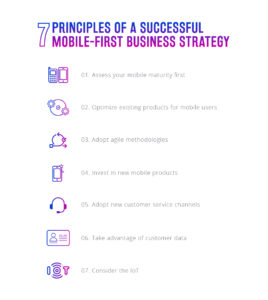


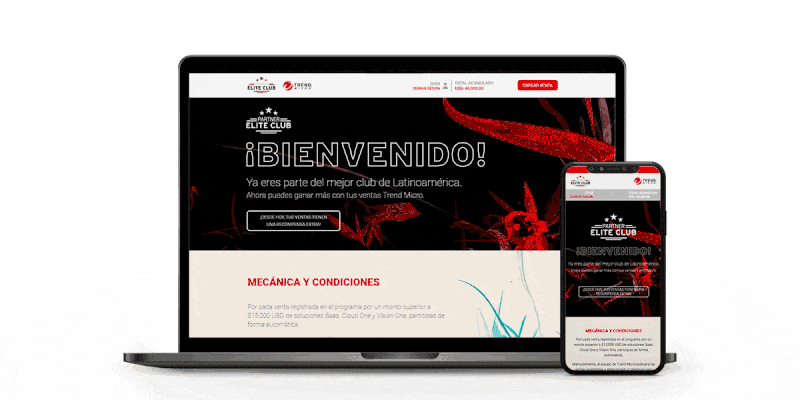
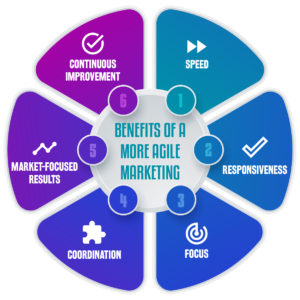
 A company in the financial sector in Ecuador decided to start its process of adopting agility with Isource Marketing, to improve its position in the financial sector. The entity started with the incorporation of the methodologies in its innovation team, forming agile teams that generated new products and services to meet the needs of its customers more effectively. However, they encountered an internal bottleneck: response times and quality of Marketing deliverables -a key step for the project- were not as expected. For this reason, they decided to hire our services with the aim of understanding and strategizing the current situation of the team by creating the ideal path in the adoption of agile marketing, which consisted of five phases: Identification and advice, solution, training to the Marketing area, adoption and evaluation/optimization.
A company in the financial sector in Ecuador decided to start its process of adopting agility with Isource Marketing, to improve its position in the financial sector. The entity started with the incorporation of the methodologies in its innovation team, forming agile teams that generated new products and services to meet the needs of its customers more effectively. However, they encountered an internal bottleneck: response times and quality of Marketing deliverables -a key step for the project- were not as expected. For this reason, they decided to hire our services with the aim of understanding and strategizing the current situation of the team by creating the ideal path in the adoption of agile marketing, which consisted of five phases: Identification and advice, solution, training to the Marketing area, adoption and evaluation/optimization.
 Therefore, in order to help plan a sales strategy, we will be sharing 8 ideas for the successful generation of leads in the B2B sector in 2021.
Therefore, in order to help plan a sales strategy, we will be sharing 8 ideas for the successful generation of leads in the B2B sector in 2021.